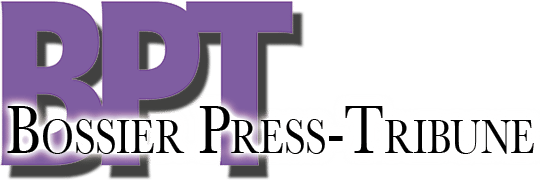May is National Stroke Awareness Month, and CHRISTUS Health is urging people to recognize the signs of a stroke, which affects nearly 800,000 Americans annually.
The Centers for Disease Control and Prevention estimates that every 40 seconds, someone in the United States has a stroke, and every 3 minutes and 14 seconds, someone dies from a stroke.
“Identifying stroke symptoms and quickly dialing 911 can mean the difference between survival and death, or between complete recovery and lasting impairment,” said Alysce Parish, stroke program manager at CHRISTUS Shreveport-Bossier Health System.
A stroke, sometimes called a brain attack, occurs when blood supply to part of the brain is blocked or when a blood vessel in the brain bursts. Generally, if a stroke patient receives treatment within three or four hours of the first symptoms, major long-term disabilities can be reduced or eliminated.
“The sooner, the better,” Parish said.
The easiest way to recognize symptoms is the acronym B.E.F.A.S.T.:
· B: Balance – Is there a sudden loss of balance or coordination?
· E: Eyes – Is there sudden blurred or double vision?
· F: Face – Ask the person to smile. Does one side of their face droop?
· A: Arm – Ask the person to raise both arms. Does one arm drift downward?
· S: Speech – Ask the person to repeat a simple phrase. Is their speech slurred or strange?
· T: Time – If you observe any of these signs, call 911 immediately, as time is crucial.
Stroke survivors face an elevated risk of experiencing another stroke, with nearly 200,000 recurrent strokes annually. High blood pressure, high cholesterol, smoking, obesity and diabetes are major contributors to stroke, affecting one in three U.S. adults. Additionally, individuals with atrial fibrillation are more likely to suffer severe strokes compared to those with other risk factors.
“Life after stroke can be divided into three outcomes,” Parish said. “One third of stroke survivors will experience a disability, another third will live normally and the final third, unfortunately, will succumb to the stroke. This highlights the critical need to adhere to preventative measures to lower your stroke risk.”



